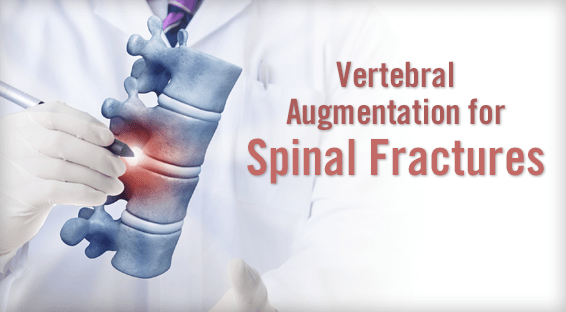Medical management of vertebral compression fractures costs patients and healthcare systems nearly $14 billion annually, according to recent estimates. Percutaneous vertebroplasty and balloon kyphoplasty procedures are being used increasingly for the treatment of these osteoporotic fractures, but the effectiveness and safety of these options are unclear, especially with regard to long-term survival. “Recently, there have been concerns about whether healthcare funding agencies should support these vertebral augmentation procedures as treatment modalities,” says Richard L. Skolasky, ScD. “Evaluating the role of these surgeries on survival, complications, and other parameters may help determine optimal treatment methods.”
New Research on Vertebral Augmentation
Dr. Skolasky and colleagues had a study published in the Journal of Bone & Joint Surgery that compared various aspects of the management of 69,000 Medicare patients in whom new vertebral compression fractures were treated with vertebroplasty, kyphoplasty, or non-operative modalities. The investigators examined differences in survival at 6 months, 1 year, 2 years, and 3 years in addition to complications, length of hospital stay, charges, 30-day readmission rates, and repeat procedures.
According to the results, the overall survival rate for the entire study population was 77.8% at 1 year and 49.6% at 3 years. The kyphoplasty group had the highest survival rates at 1 and 3 years. Patients treated without surgery were hospitalized on average about 8 days longer than patients treated with surgery. However, total charges for kyphoplasty and vertebroplasty were $12,032 and $7,805 more than for non-operative treatment. There was no statistically significant difference in post-operative infections and neurologic complications between surgical and non-surgical patients. Surgically treated patients were less likely to be diagnosed with pneumonia or a decubitus ulcer, probably due to shorter hospital stays. Those undergoing kyphoplasty were least likely to have these complications.
“Although kyphoplasty was initially more expensive, it was associated with lower in-hospital mortality and higher survival when compared with non-operative management,” says Dr. Skolasky. “Vertebroplasty was also associated with lower mortality, but to a lesser extent. Our results suggest that these minimally invasive surgeries can be beneficial for the treatment of vertebral compression fractures beyond the acute phase. These procedures also improve post-discharge survival and morbidity.”
Kyphoplasty vs Vertebroplasty: More to Come
Although treating vertebral compression fractures with augmentation procedures appears to be associated with acute pain relief and improved mobility, Dr. Skolasky says that more direct comparisons are needed. “Other studies have examined differences in mortality associated with these three treatment methods, but more data are needed on morbidity and costs associated with care,” he says. “In the meantime, clinicians should take measures to determine if older patients have the reserve to handle vertebral augmentation procedures before considering them. For good candidates, these surgeries are effective treatment approaches.”




 TimH
TimH